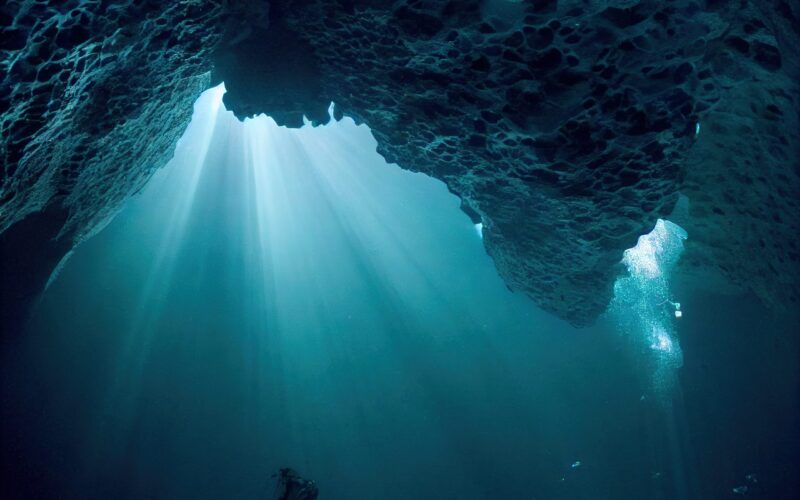The Japanese government is set to initiate a large-scale research project into “blue carbon” solutions, focusing on capturing carbon dioxide through the cultivation of sea plants and storing it in deep-sea environments, according to sources familiar with the plan.
The initiative is part of Japan’s broader strategy to accelerate decarbonisation and achieve net zero emissions by 2050. Blue carbon refers to carbon sequestered by marine ecosystems, such as mangroves, seaweed, and seagrasses, which absorb CO₂ through photosynthesis and can store it long-term in the seabed. This approach is increasingly seen as a promising alternative to land-based carbon capture, known as green carbon.
The Environment Ministry will commission the Japan Agency for Marine-Earth Science and Technology, energy firm Eneos Corp, and other partners to examine the behaviour of submerged seaweed at significant depths, while also assessing the environmental impact of such carbon storage methods.
“CO₂ is highly soluble in seawater, and marine vegetation naturally absorbs it as it grows. If we can demonstrate a technology to enable CO₂ fixation on the seafloor, it could be a significant source of carbon absorption,” a senior ministry official said.
While Japan has seen a decline in carbon emissions—driven by increased renewable energy generation and the phased return of nuclear power—authorities are looking to strengthen carbon capture efforts, particularly as the absorption capacity of Japan’s forests, which currently remove around 45 million tonnes of CO₂ annually, is waning due to tree ageing. In fiscal year 2023, coastal marine plants captured just 34 tonnes of CO₂. The government has now set targets to increase this to 1 million tonnes annually by 2035 and 2 million tonnes by 2040 through expanded blue carbon initiatives.




















